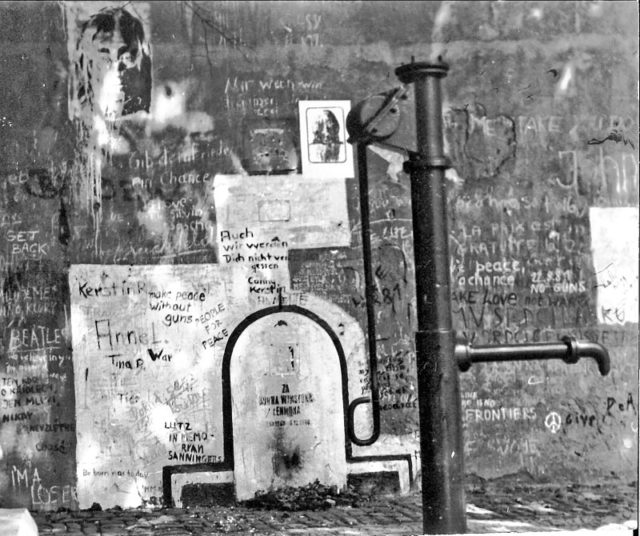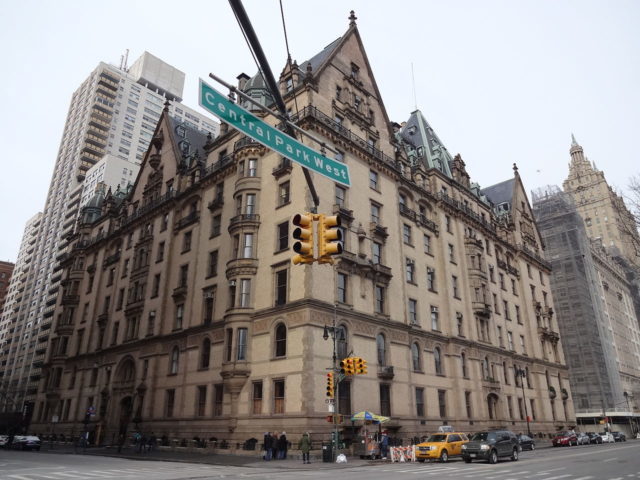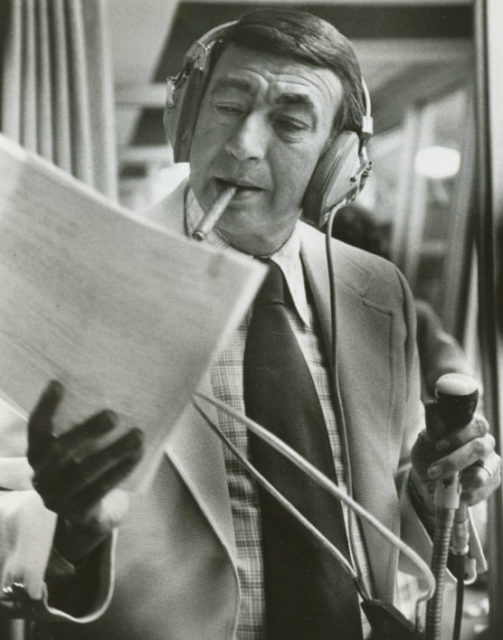On 8 December 1980, John Lennon was gunned down and assassinated outside ‘the Dakota,’ the apartment building where he lived on Manhattan’s Upper West Side.
Just hours before the fatal shooting, Lennon signed an autograph on his final album ‘Double Fantasy’ for a fan and shook hands with him. Just imagine for a moment, if the fan was only a casual admirer and not his killer Marc Chapman, which he was; these acts would only be random facts.

Commencing in the afternoon, Marc Chapman waited outside Lennon’s apartment. Around 5 p.m., as Lennon walked out of his apartment building Chapman approached him, shook hands with Lennon and asked him to sign a copy of his album, ‘Double Fantasy’.
After Lennon signed the album, he asked Chapman ‘if there was anything else’; essentially asking Chapman if he wanted anything else signed, to which Chapman replied “No”. After Lennon left, Chapman then waited outside of Lennon’s apartment for him to return. He spent most of his time, as he waited, reading ‘The Catcher in The Rye’, a book he was infatuated with. He knew he had to prepare to wait for several hours.

According to Chapman, he actually had the gun in his pocket when Lennon signed the album for him, but he couldn’t do it. He hung around in front of ‘the Dakota’ gathering his nerves until John and his wife, Yoko Ono came home later that night.
During his interrogation, he mentioned that: ‘at that point in time, my big part won and I wanted to go back to my hotel, but I couldn’t leave. I waited until he came back. ‘He knew where the ducks went in winter, and I needed to know this’ – a reference to The Catcher in the Rye.
Lennon returned from the recording studio that night. He was carrying tapes from the studio under his arm when he was shot.
The Lennon’s limousine returned to ‘the Dakota’ at approximately 10:50 pm. Lennon and Ono got out and walked toward the archway entrance of the building. On the way, they passed Chapman. As they were walking on the street past Chapman, he fired five shots from a 38 Special pistol, four of which hit Lennon in the back and left shoulder.

A nearby cab driver and ‘the Dakota’ doorman, Jose Perdomo, saw Chapman standing in the shadows by the archway. As Lennon walked by, he looked briefly at Chapman, seeming to recognize him from earlier. Just scant moments later, Chapman took aim precisely at the middle of Lennon’s back from a distance of about nine or ten feet and fired five hollow-point bullets at him from a Charter Arms 38 Special in quick sequence.
From the accounts made by NYPD Chief of Detectives James Sullivan that night, several television, newspaper, and radio reports claimed that, before firing, Chapman called out ‘Mr. Lennon’ and dropped into a combat stance.
Later, at the trial, witness interviews did not include any description of either ‘Mr. Lennon’ or the ‘combat stance’. Chapman has disclosed that he doesn’t recollect calling out to Lennon before he fired, but in an interview with Barbara Walters in 1992, he professed to have taken a ‘combat stance’.
When Chapman fired, the first bullet missed, passing over Lennon’s head and hitting a window of ‘the Dakota’ apartment building. Two of the next rounds struck Lennon in the left side of his back, and two more bullets penetrated his left shoulder.

Lennon staggered up five steps to the security/reception area, repeatedly saying he was shot. He was bleeding conspicuously from his wounds and also from his mouth. He then fell to the floor, dropping the cassettes that he had been carrying.
Read another story from us: John Lennon said the Beatles were more popular than Jesus
Jay Hastings, the custodian, began to make a tourniquet, but realizing the gravity of his many wounds when he tore open Lennon’s bloodstained shirt, he covered Lennon’s chest with his uniform jacket, removed his blood-covered glasses, and sent for the police.
